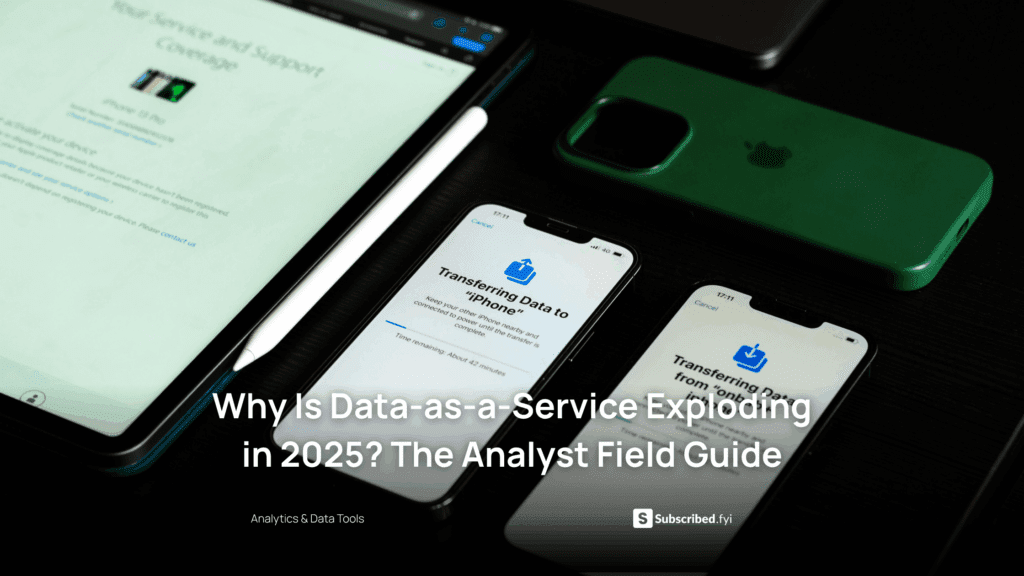Practical tips on inventory management for efficient business operations
- Expense Management Software Credit Cards Investing Business Solutions


Practical Tips on Inventory Management for Efficient Business Operations
Efficient inventory management is the backbone of successful business operations, ensuring that you have the right products in the right quantity at the right time. Whether you’re a small business or a large enterprise, strategic inventory management is crucial for maximizing profits, minimizing costs, and providing excellent customer service. In this comprehensive guide, we’ll delve deeper into practical tips for managing your inventory effectively and introduce a curated selection of top-tier SaaS products to streamline the process.
Understanding Inventory Management
What is Inventory Management?
Inventory management is the process of overseeing the entire lifecycle of a product, from procurement to storage and, ultimately, the sale to the end customer. The goal is to strike a delicate balance between meeting customer demand and minimizing costs associated with excess stock or stockouts.
Practical Tips for Inventory Management
1. Regular Audits and Analysis
Regularly auditing your inventory is essential for identifying slow-moving or obsolete items. Analyzing this data enables you to make informed decisions about restocking, promotions, or discontinuing certain products.
2. Utilize a Centralized System
Invest in a centralized inventory management system that provides real-time updates on stock levels, order status, and sales trends. This ensures that all departments within your organization have access to accurate and up-to-date information, fostering better decision-making.
3. Forecasting and Demand Planning
Leverage historical data and market trends to forecast future demand. By understanding your customers’ preferences and purchasing behaviors, you can optimize stock levels, reduce excess inventory, and prevent stockouts.
4. Set Reorder Points
Establishing reorder points for each product helps automate the restocking process. When inventory falls below a predefined threshold, the system triggers a reorder, ensuring that you maintain optimal stock levels without the need for constant manual monitoring.
5. Implement First-In-First-Out (FIFO) Method
The FIFO method ensures that older stock is sold before newer stock, reducing the risk of product expiration or obsolescence. This approach is particularly important for businesses dealing with perishable goods.
6. Supplier Relationship Management
Cultivate strong relationships with suppliers. Negotiate favorable terms, bulk discounts, and flexible payment options to optimize costs and ensure a stable supply chain. Open communication is key to building and maintaining these relationships.
7. Barcode and RFID Technology
Implementing barcode or RFID technology enhances the accuracy and efficiency of tracking inventory. These technologies reduce errors, improve visibility, and expedite the overall management process.
8. Cross-Departmental Communication
Encourage open communication between sales, procurement, and warehouse teams. Collaborative communication ensures that everyone is aligned, preventing misunderstandings and delays in the inventory management process.
Relevant SaaS Products for Efficient Inventory Management
Now, let’s explore a selection of SaaS products designed to streamline and enhance your inventory management processes:
TradeGecko
TradeGecko – A comprehensive inventory management platform offering real-time tracking, demand forecasting, and order fulfillment solutions. This platform is particularly beneficial for businesses dealing with complex supply chains, providing insights into product performance and ensuring efficient order processing.
Zoho Inventory
Zoho Inventory – A versatile inventory management software providing features for order management, stock tracking, and overall workflow automation. Zoho Inventory stands out for its integration capabilities with other Zoho applications, offering a seamless experience for businesses already using Zoho’s suite of tools.
Fishbowl
Fishbowl – An integrated inventory management solution with QuickBooks, offering asset tracking, order management, and reporting capabilities. Fishbowl is known for its scalability, making it suitable for small businesses as well as large enterprises. It seamlessly integrates with popular e-commerce platforms, simplifying order fulfillment.
Orderhive
Orderhive – A multichannel inventory management software centralizing order processing, inventory tracking, and shipping across various platforms. Orderhive’s strength lies in its multichannel capabilities, allowing businesses to manage inventory and orders from different sales channels in one place. The platform also facilitates easy integration with third-party logistics providers.
Skubana
Skubana – An all-in-one inventory management and ERP solution automating processes, centralizing data, and optimizing order fulfillment. Skubana is designed for high-growth e-commerce businesses, offering features like demand forecasting, order splitting, and advanced analytics. The platform’s scalability makes it suitable for businesses with evolving needs.
Conclusion: Streamlining Your Inventory Management
Effective inventory management is pivotal for a successful business operation. By implementing these practical tips and leveraging advanced SaaS solutions, you can optimize your inventory processes, reduce costs, and improve overall efficiency. Ready to elevate your inventory management with cutting-edge SaaS solutions? Discover exclusive deals on a variety of tools at Subscribed.FYI. Sign up today to unlock secret deals and maximize your savings on essential business tools.











